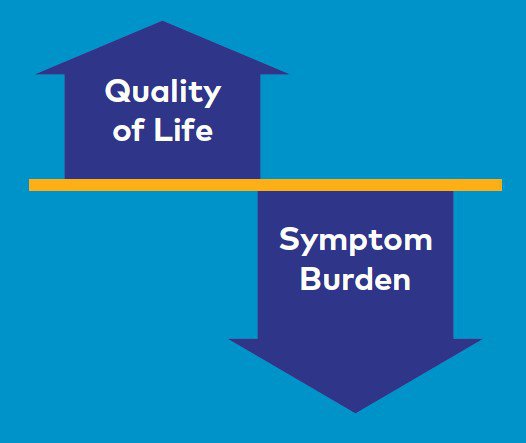Why Employers Should Care About Palliative Care
This blog post was written in collaboration with Catalyst for Payment Reform, CAPC’s partner for the upcoming virtual event, Employers’ Search for Value Continues with the Seriously Ill (September 27th). Read below for more, including details about the event, and how to register.
The Center to Advance Palliative Care (CAPC) has teamed up with Catalyst for Payment Reform (CPR) to educate employers and other private and public health care purchasers (such as state Medicaid agencies) about opportunities to get better value for their health care dollar by ensuring access to palliative care. We are excited to share the below blog post, originally posted on CPR’s blog. We encourage Palliative in Practice readers, particularly those from health systems working closely with their local employers, to view palliative care from the purchaser perspective, and learn what can be done to ensure high-quality care for employees and plan participants facing serious illness.
Value is the intersection of cost and quality
As employers and health care purchasers pursue higher value for their health care dollar, they usually start with a focus on cost drivers impacting the workforce and health care spending. This said, maximum value is gained when quality improves and spending is reduced.

This dual-focus has been the developing trend among employers and purchasers over the last few years. Instead of solely implementing strategies designed to reduce spending, such as cost sharing through consumer-driven health plans, employers have turned to strategies that lead with quality, such as centers of excellence, which drives out avoidable spending. Such strategies are intended to improve the quality of health care with the promise of savings, as a result of better health outcomes.
Strategies centered on palliative care are not different
Today, there are more than eleven million adults and roughly 400,000 children in the United States living with at least one serious illness, and while this population typically represents roughly 2-3% of the commercial population, and up to 10% of the retiree population, it consumes the preponderance of health care resources.
Serious illness carries a high risk of mortality, and either negatively affects a person’s quality of life, or excessively strains caregivers. Examples include metastatic cancer, diabetes with complications, and oxygen-dependent chronic and obstructive pulmonary disease (COPD), among others.
Palliative care is specialized medical care for people living with serious illness that focuses on providing patients with relief from the symptoms, pain, and stress of their medical condition(s)—whatever the diagnosis. The goal is to improve quality of life for both the patient and family. Palliative care is appropriate at any age and any stage of a serious illness and can be provided along with curative treatment.

Patients who receive palliative care services consistently report fewer problematic symptoms, improved decision-making, and lower caregiver distress. Moreover, with better communication, pain and symptom management, and a coordinated care plan in place, patients are less likely to require hospital stays, emergency department services, and ICU stays.
By focusing on improving the quality of life for those living with serious illness through access to palliative care, employers benefit, from reduction in utilization and improved quality of life for patients and their caregivers—the very definition of high-value health care.
Employers have a role to play
Unfortunately, there is not reliable access to palliative care in the current health care system—achieving these benefits is left to chance. However, leading purchasers have been able to capture the benefits of palliative care for themselves and their covered employees through specific actions, including:
- Requiring their provider network to have specialized training and capabilities
- Ensuring their health plan and contracted case managers have particular communication competencies
- Incorporating targeted benefits for the seriously ill
By placing emphasis on high quality care for people living with serious illness, employers are able to change the delivery system, as well as the experience of care for their employees.
An upcoming opportunity to get involved
Join CAPC and CPR during the virtual event: Employers’ Search for Value Continues with the Seriously Ill, on September 27, 2018 at 1:00 – 3:00 p.m. ET / 10:00 a.m. – 12:00 p.m. You’ll learn how employers and health care purchasers can implement their own palliative care strategy; access to our new purchaser resource: Purchaser Toolkit for Serious Illness Care Strategies (an event-day release); and most importantly, understand why this topic matters. Register now.